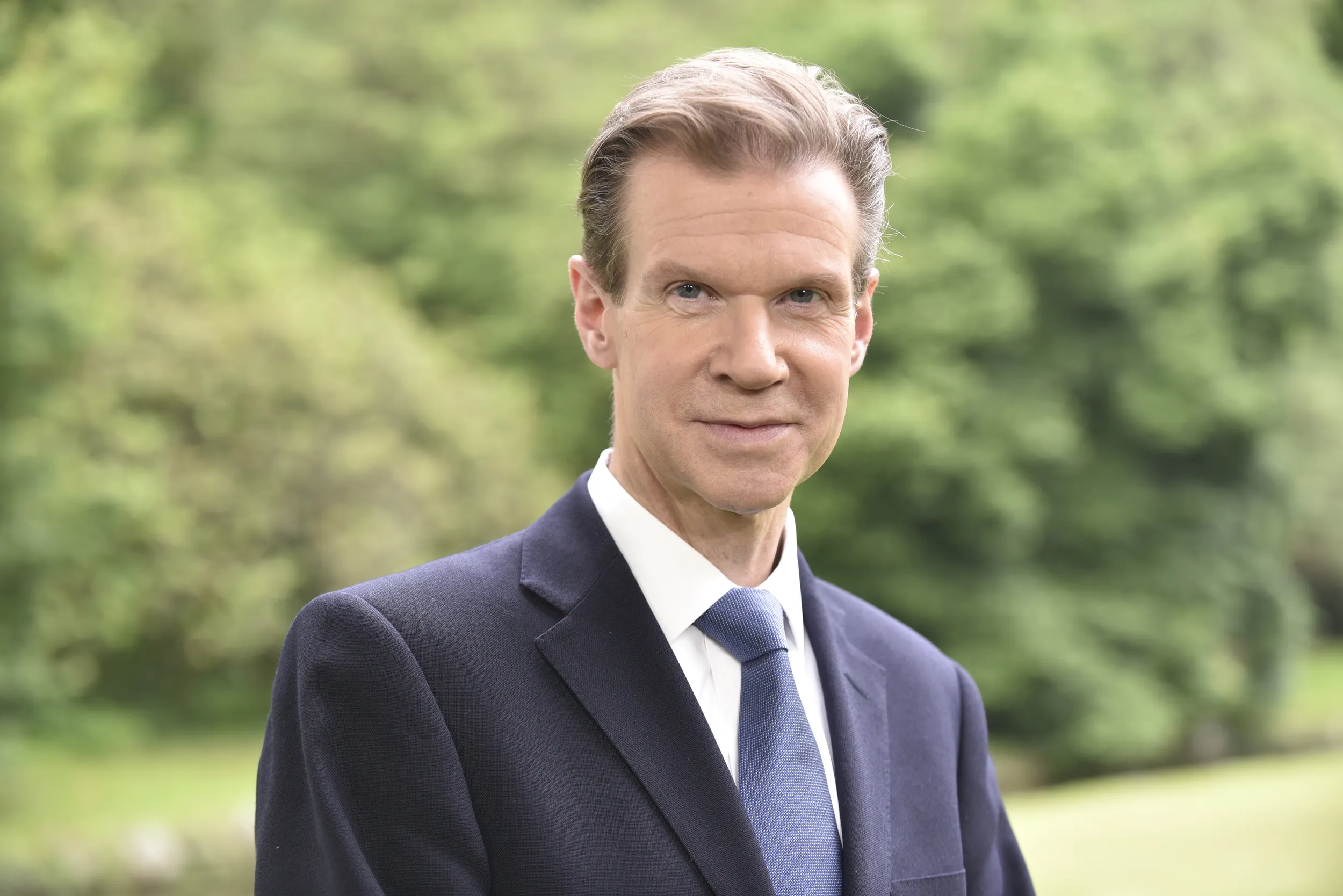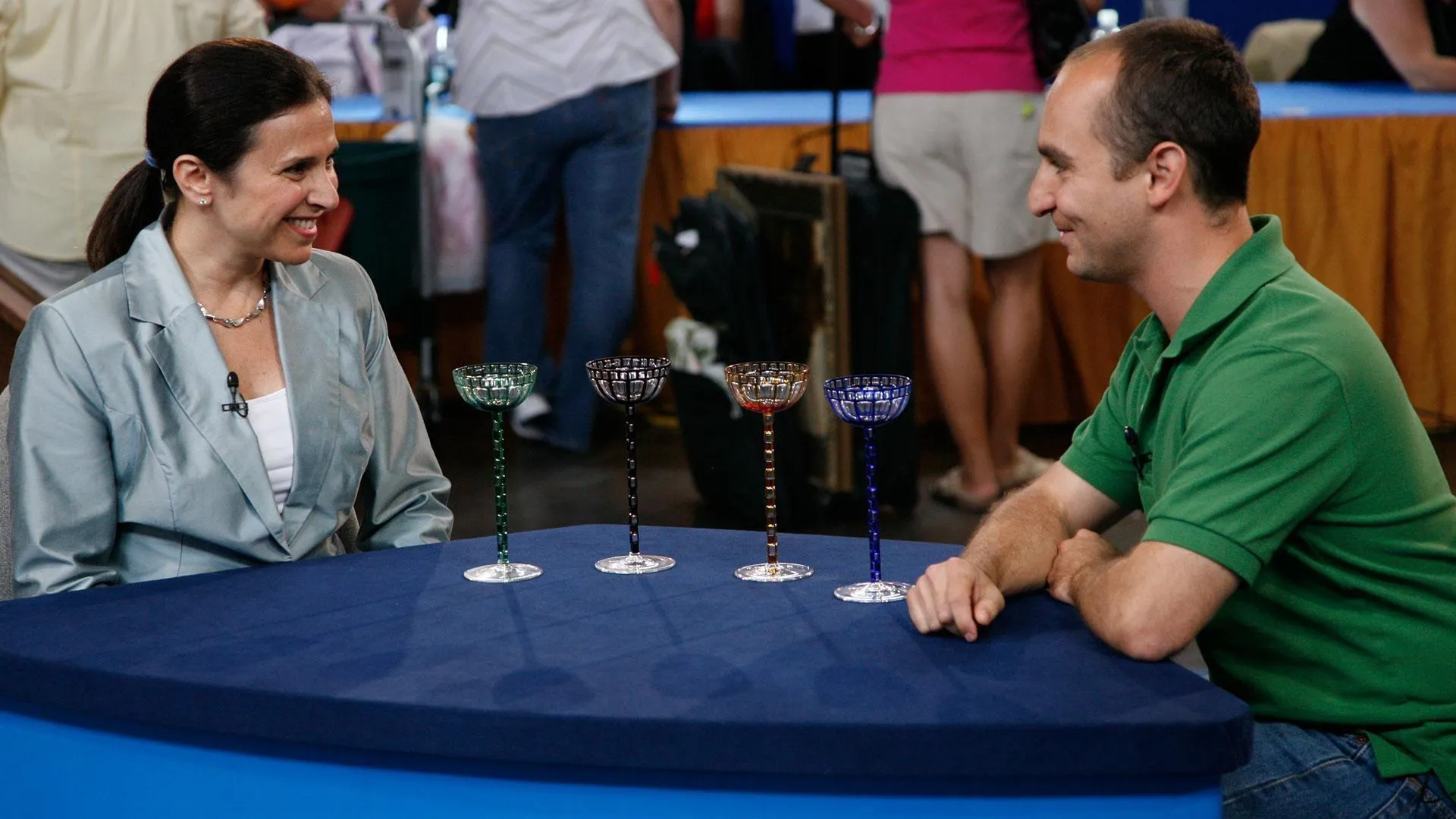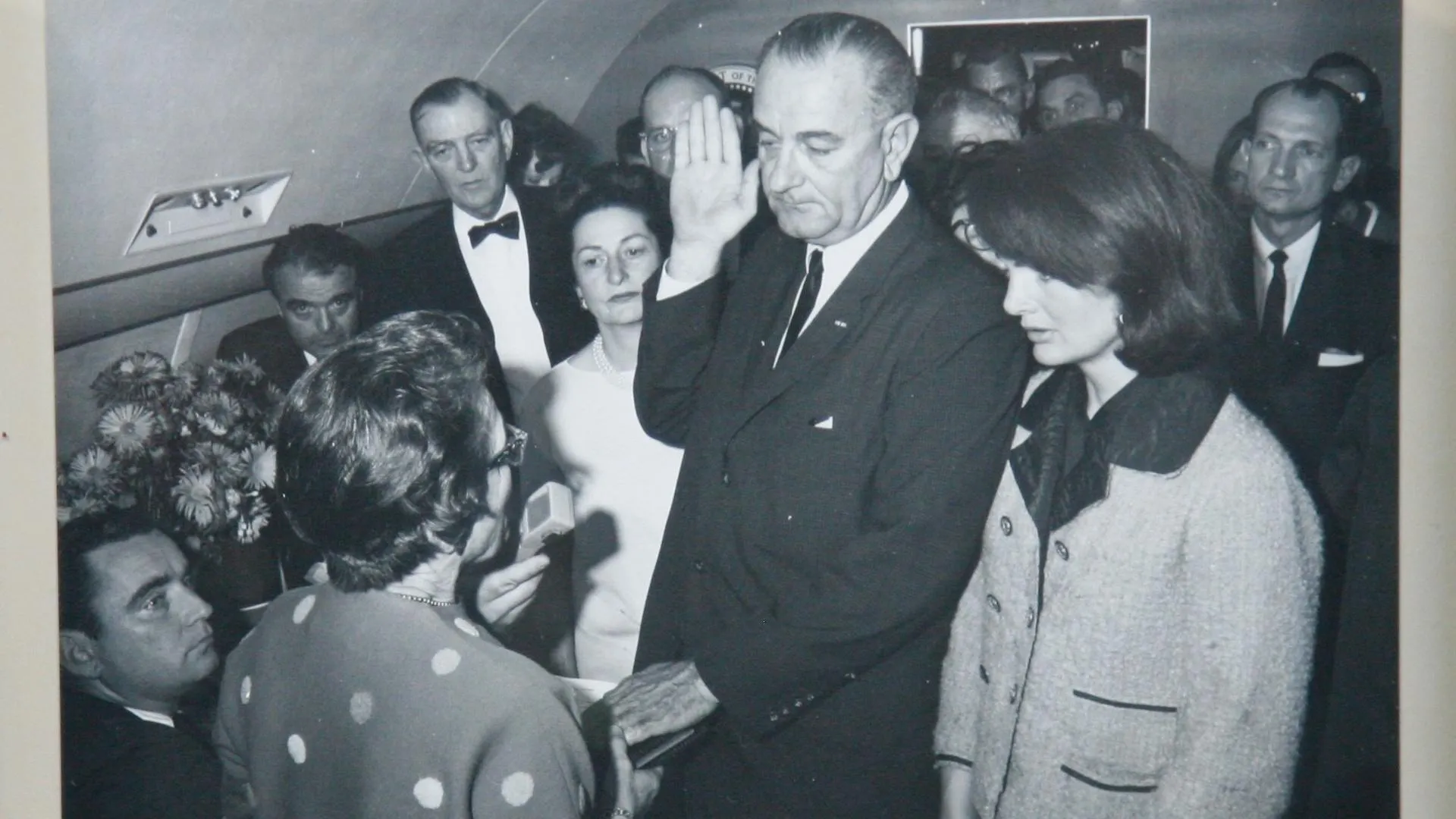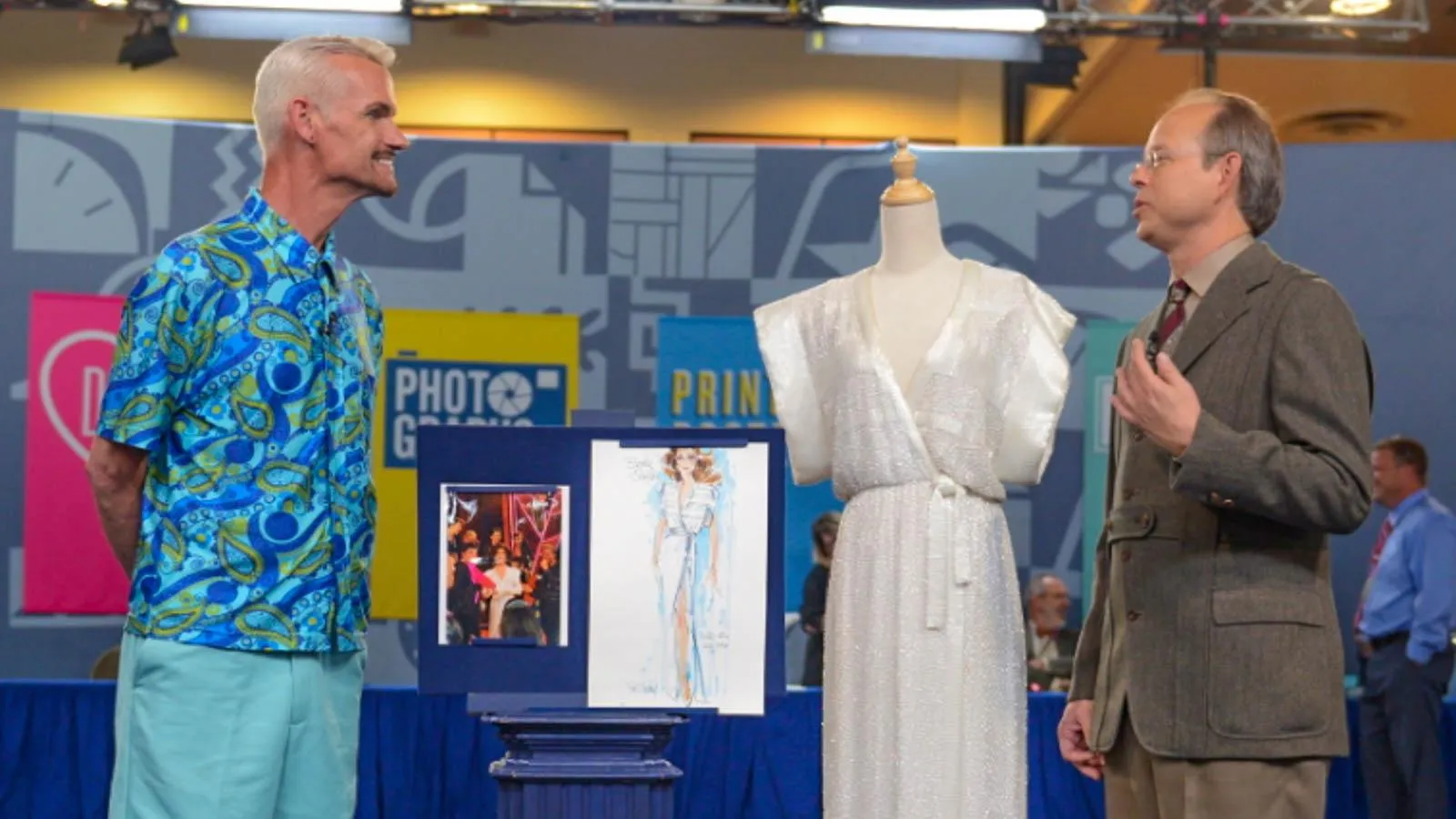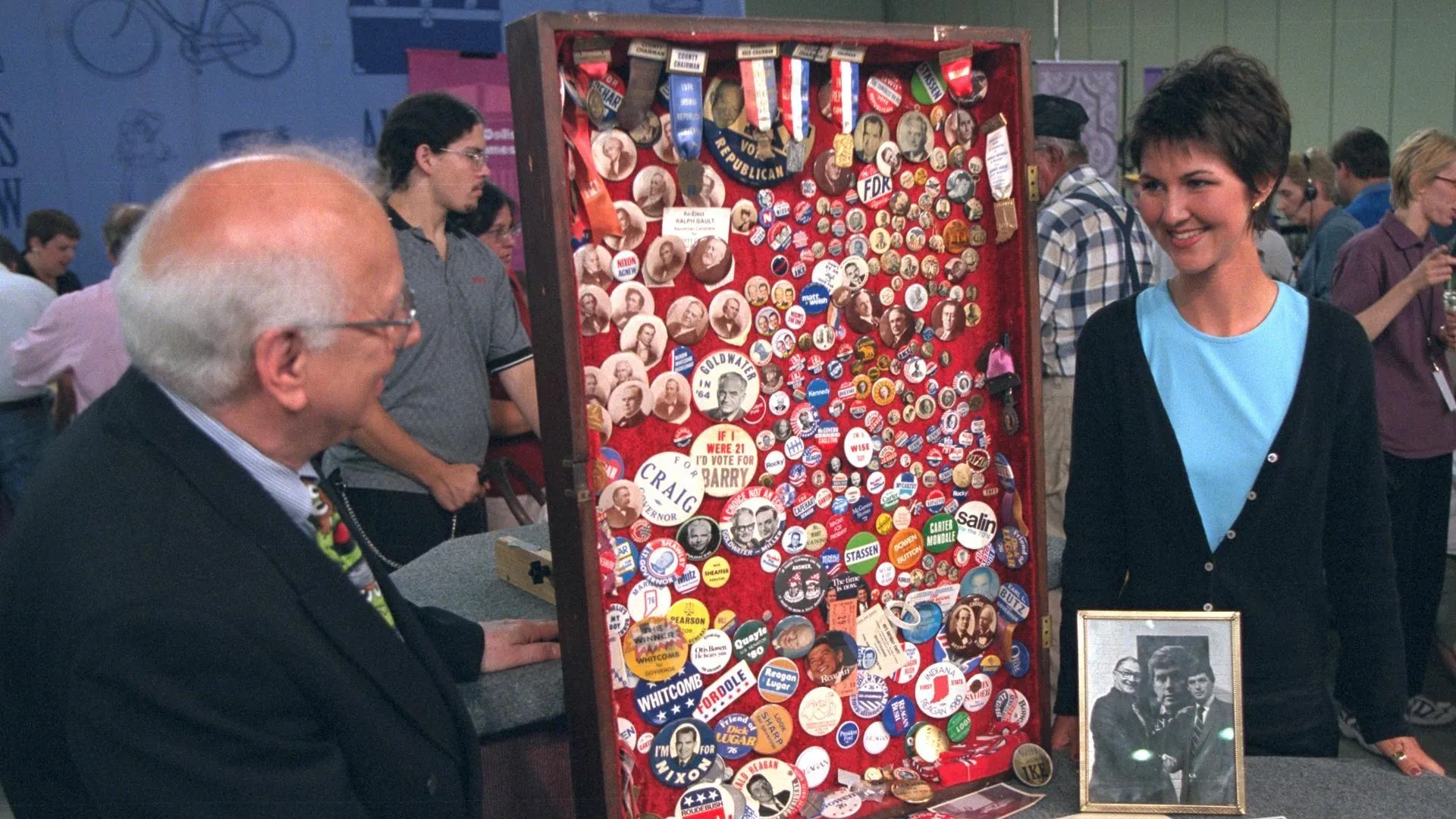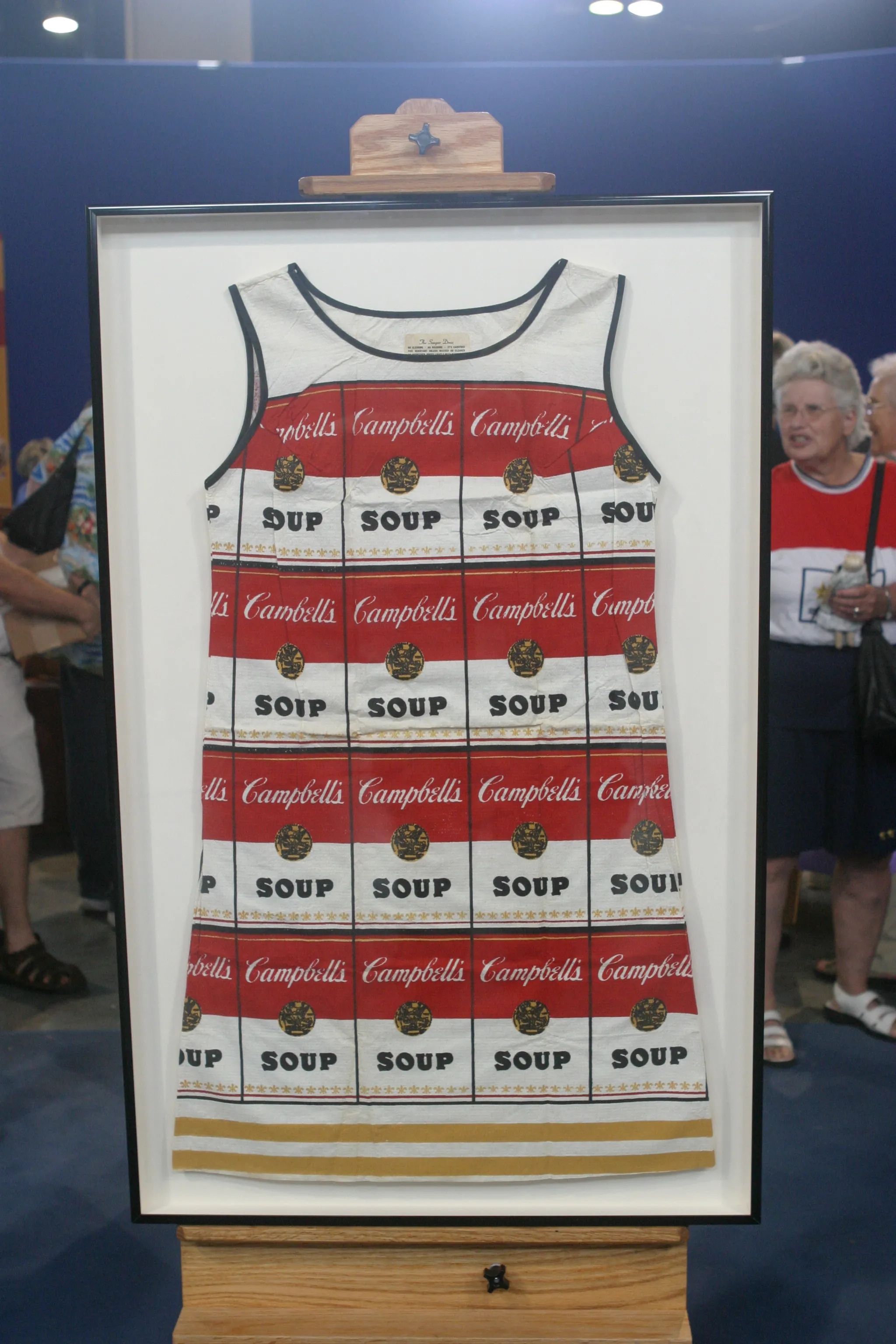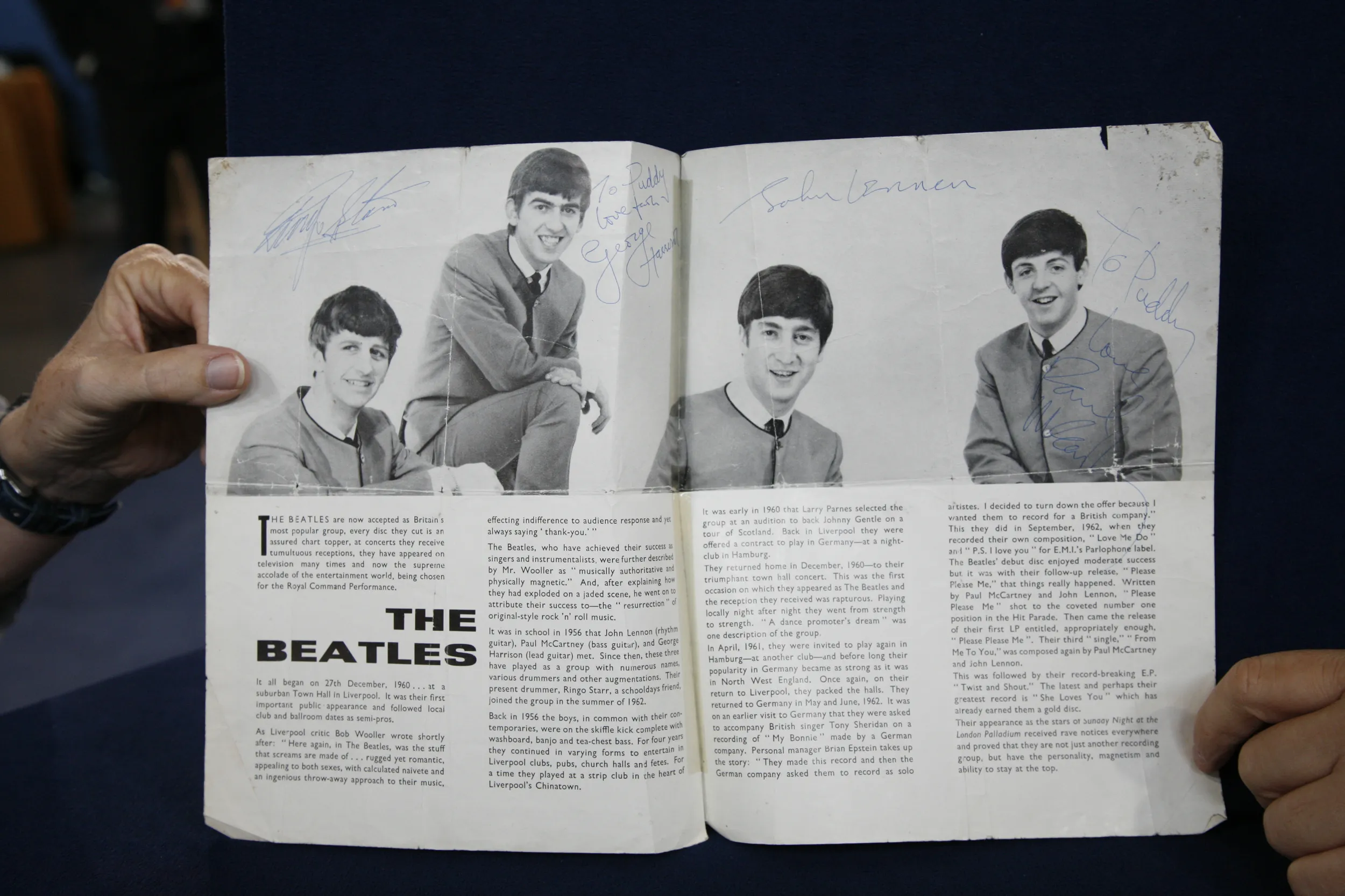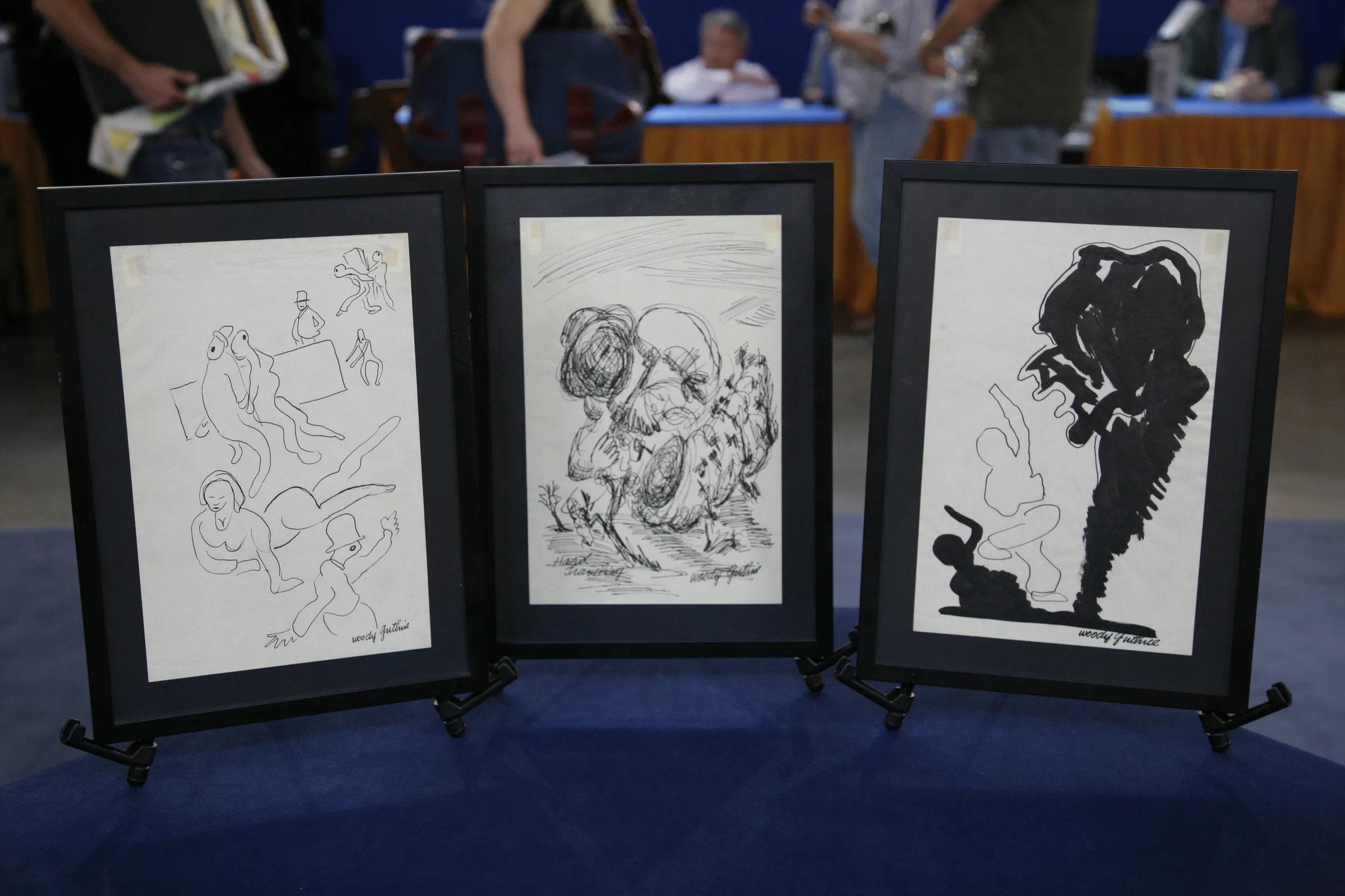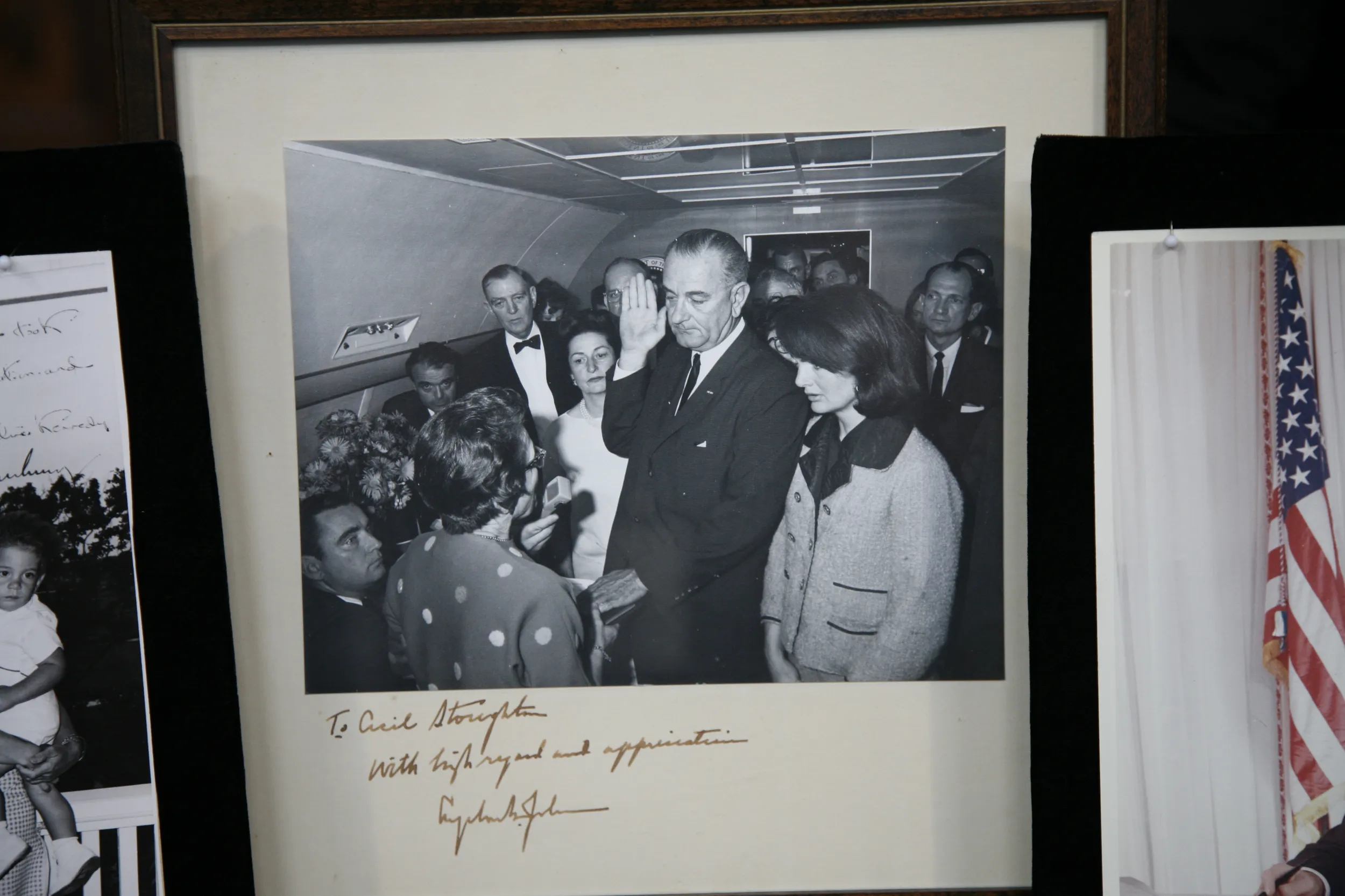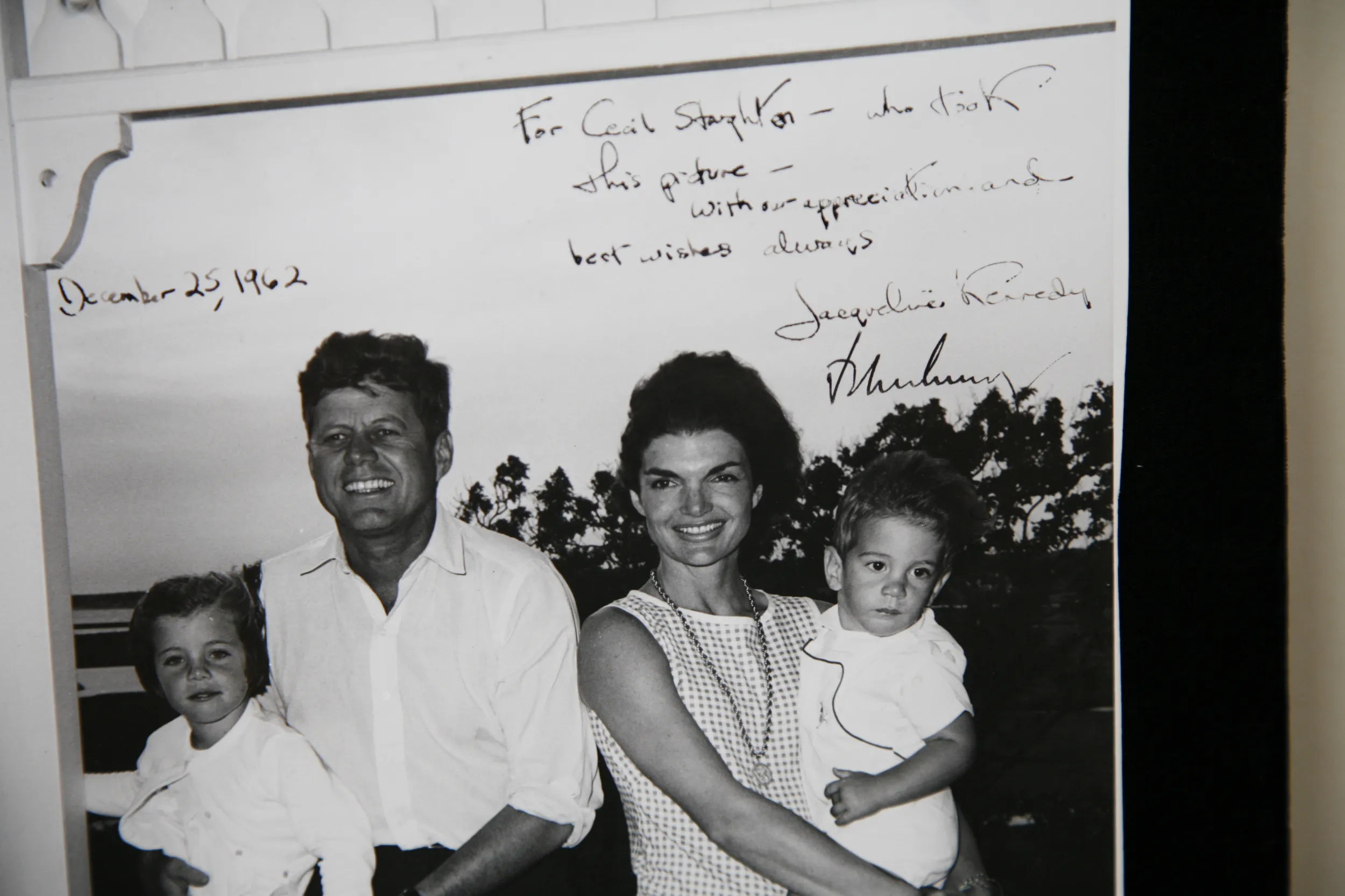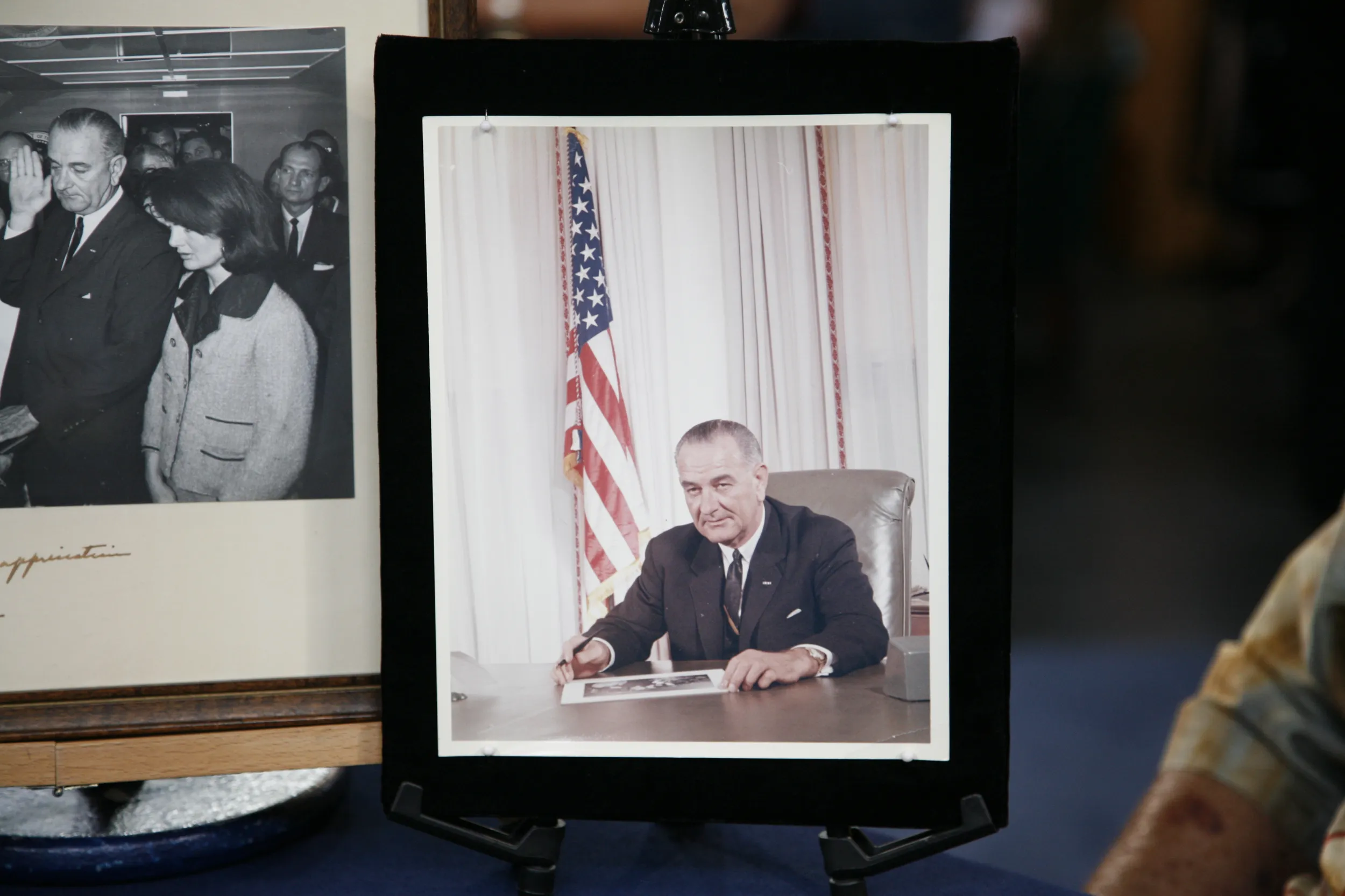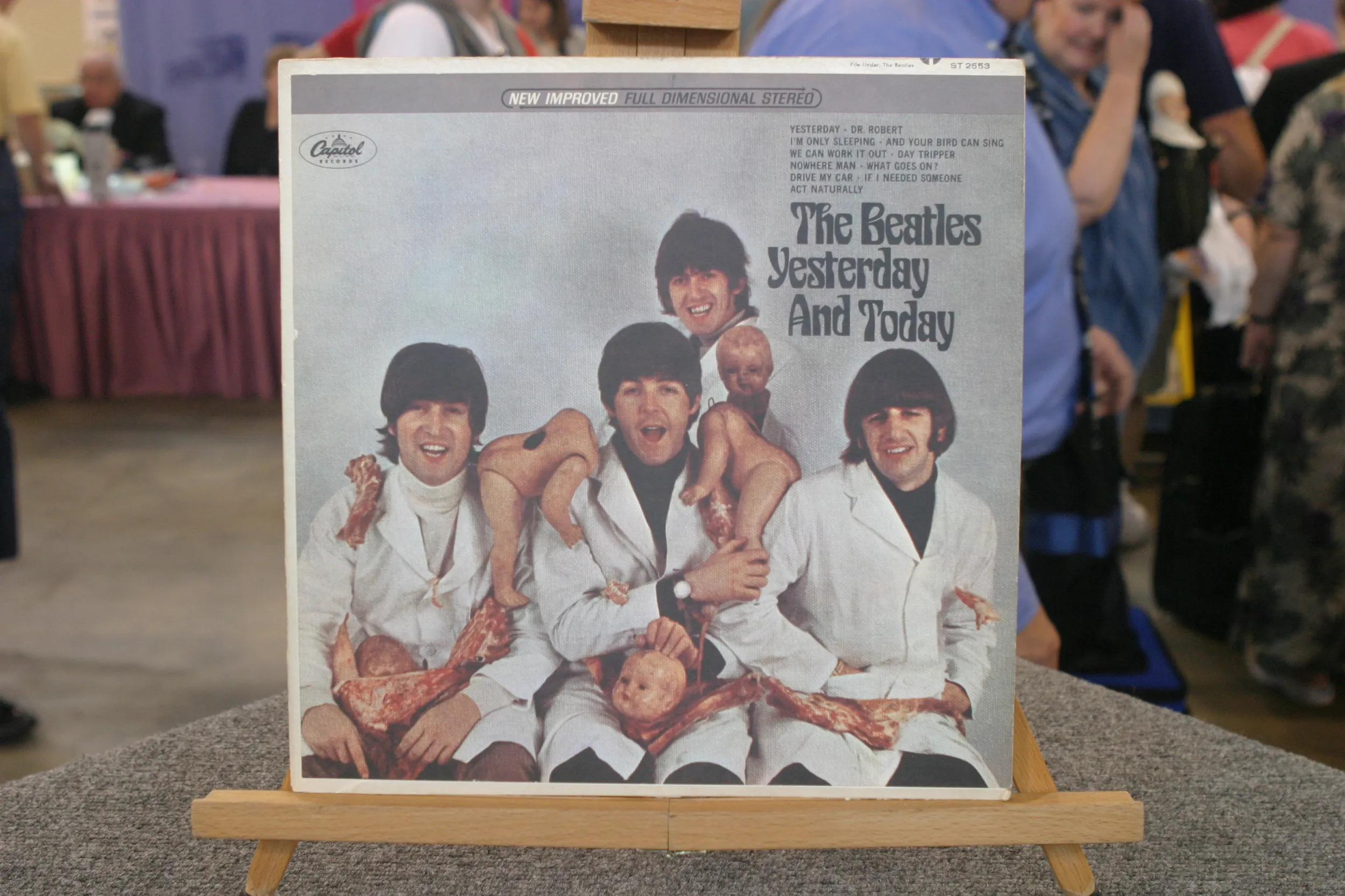GUEST: I was the White House photographer for, uh, John Kennedy. Started a job in inaugural day of 1961 and, uh, stayed with him until Dallas. I was in Dallas during the horrible assassination. I was in one of the cars in the motorcade, five cars back. Heard three very distinct re-reports. Sounded like rifle shots, didn't know where they came from. A few minutes later, I was standing outside the operating room door there, and I had seen, uh, Vice President Johnson leaving the hospital. And I asked where he was going, and someone said, "The president's going to Washington." So that meant that Kennedy had expired in the hospital. And I said, "So am I." And I picked up my camera and went out to the plane. And when I got there, the press secretary, acting press secretary, uh, Malcolm Kilduff said, "Thank God you're here, Cecil." He said, "The president's going to take his oath on the plane, and you're going to have to service the wires with the photograph." So I took the only photograph of, of the swearing in that you see.
APPRAISER: Incredible. This is what was happening here, the swearing in, an image that we all know so well. It's an icon of the 20th century imagery.
GUEST: Most of the people in the picture are all passed away now.
APPRAISER: Yes. You were with the military?
GUEST: Yes, I was a captain in the army at the time. I was acting as a, as a government employee.
APPRAISER: Okay. Now, have you ever been acknowledged for taking such a famous image?
GUEST: Well, once in a while I use my name, but for the most part, after the initial caption that I wrote myself in Dallas, I included my name as the photographer...
APPRAISER: Good for you.
GUEST: ...to make sure that The New York Times, when they ran it the next day, used my name. So I was established legacy-wise at that point. But from then on, it became an A.P. wire photo...
APPRAISER: Yeah. Yup.
GUEST: ...or a U.P.I. wire photo.
APPRAISER: Yeah.
GUEST (stammering): And it annoyed my family considerably that I wasn't being given credit.
APPRAISER: Acknowledged.
GUEST: So you're acknowledging me now.
APPRAISER: Well, we're very happy to-- this is an earlier photograph, and this photo is inscribed to you on Christmas Day, 1962.
GUEST: The, uh, routine during Christmas was to spend the week or ten days in Palm Beach. The president had a home down there, as his father did, and the press would go, and-and it would be the winter White House in-in Palm Beach. And so when I came back to my desk in the White House, after having been down there for a week, I found a Christmas-wrapped package. And Mrs. Kennedy had given me this photograph as a Christmas present. And the president and she both signed it.
APPRAISER: It's incredible. It's incredible.
GUEST: You can, you can read the inscription.
APPRAISER: Yeah, it says, "For-for Cecil Stoughton, who took this photograph, with appreciation and best wishes always, Jacqueline Kennedy." And then it's signed "John Kennedy" below.
GUEST: Right.
APPRAISER: And, you know, with Kennedy's signatures, the thing that we're always concerned about is whether he signed it or not. And in this case, there's no question.
GUEST: Yeah.
APPRAISER: You've had a strong relationship with them in the years you worked there.
GUEST: I can't see them passing it off to a... Not that one, not that one,
APPRAISER: and here we should add, also of-of real significance is the fact that you are acknowledged by Lyndon B. Johnson with his inscription to you. It says, "To Cecil Stoughton with high regards and appreciation. Lyndon Johnson."
GUEST: Yeah, I must tell you...
APPRAISER: Now, can you tell us about that?
GUEST: On the 25 of, of November, was the funeral for the president, and three days after that was Thanksgiving. And, uh, our family, we were all gathered together around the table, getting ready to eat, and the waiter came up to me and said, "You've got a phone call from the White House." And I went to the phone, and it was Jack Valenti saying, "He wants you in the office right now. He wants to take his picture." So I gave up my Thanksgiving dinner, drove madly back to the White House and made this photograph of, of Johnson sitting at his desk. In order to have some kind of activity, I asked him if he'd sign the pictures. (chuckles) So he's signing this picture, and that's, that's the picture that he signed.
APPRAISER: So this, this picture is lying right there. It's difficult when we talk about value with such iconic images. I mean, these things are now part of our vocabulary of imagery from the 20th century.
GUEST: Right. Right.
APPRAISER: And also, these are unique; they're inscribed to you by the president or the president and first lady. So they are unique, and obviously, irreplaceable. Bearing that in mind, and your association as having been the photographer, I would value, and for insurance value, the photograph of, of L.B.J. taking the oath at $50,000.
GUEST: That sounds great.
APPRAISER: The Kennedy image, which also is iconic, although less historically important, obviously, than what was happening with L.B.J. was a historic moment, this is a much more relaxed moment of Kennedy and his family.
GUEST: Right.
APPRAISER: We would insure this one at $25,000.
GUEST: Mm-hm.
APPRAISER: The photo of L.B.J. is really more supporting of this image.
GUEST: Right.
APPRAISER: So I wouldn't really assign that any significant value; so together, I would, I would put the value at, for insurance, at $75,000.
GUEST: Okay.
APPRAISER: And, uh, you've got some incredible things, and it is an honor to meet you. These images I knew of my entire life, and I appreciate your work, and I'm glad you finally have some, uh, recognition.
GUEST: Well, thank you very much.
